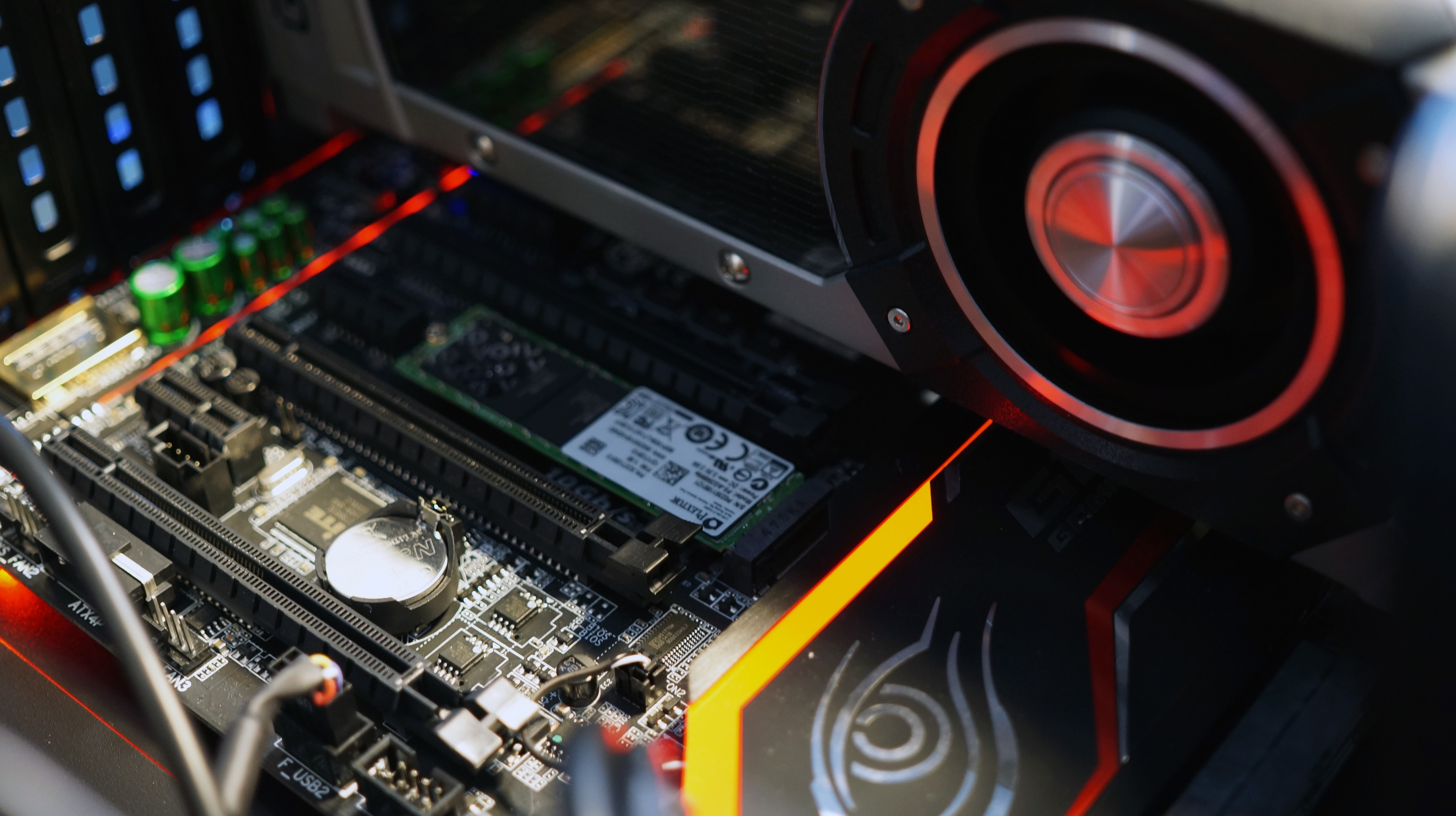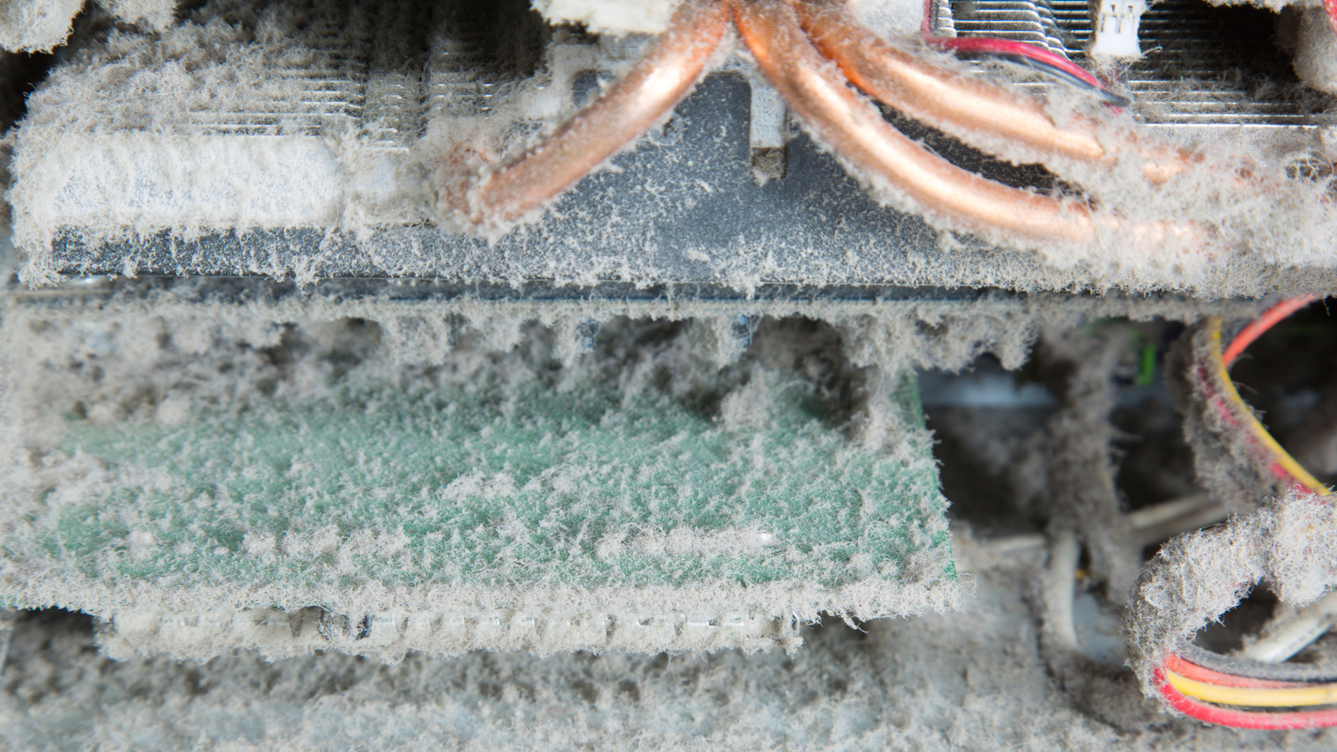
Earlier this week, we asked you send us your best tips and tricks for building a PC. We received nearly 200 responses, and there was a lot of great discussion in the comments. Thanks to everybody who shared their tips with us, we've sorted through what you suggested and chosen some of our favorites to highlight here.
We've split the tips into a few categories, and each user's name will link directly to their original comment. Read below to see what the PC Gamer community thinks is important to know when building a PC.
Buying
Streetguru: Allocate the budget to your priorities and do tons of research.
Deltree Zero: Build with the future in mind. One of the great things about being a PC owner\user is the ability to upgrade your rig. Looking to pinch a coin to help get that GPU you want? (priority gaming hardware) get an inexpensive motherboard which has the most modern CPU slot and get a budget CPU. Fill 2 slots with quality ram, a quality PSU and GPU and a budget SSD. Later an i7 4790k can fit in there, another 2 slabs of RAM and you can add more SSD drives and set them up in a RAID configuration. You can also get another GPU for SLI\Crossfire (DX12 might make this crazy awesome) later when your rig wont keep up with modern ish.
Deskorange: Always read reviews about components from multiple sites, and always read the bad reviews first, even if a component is rated 80% 5 stars by hundreds of people. The bad reviews can contain problems related to specific problems which you may encounter.
Ross: Don't spend too much money, even if you can afford it. Get a GOOD monitor, not necessarily the biggest.
democedes: Don't neglect your PSU. A good PSU can protect your components from line surges and in some cases prevent crashes (particulary when over-clocking). Always get at least a 80+ certified power source.
Keep up to date with the most important stories and the best deals, as picked by the PC Gamer team.
Going overboard on your PSU max wattage rating is a huge waste of electricity (and money). Use this tool to determine what max wattage you really need.

Building
KamiCrit: Getting big ugly heavy cases out of the box.
1) Open up the flaps on one side of the box.
2) Flip the box over so that the open side is on the floor.
3) Lift the box up while the weight of the case stays on the floor.
And done you've now gotten the case out of the box with out looking like a fool and wasting time.
Will: I take my socks off when I do a build to help prevent any static electricity. I will also wear an anti static strap but I take socks off too. Every little helps!
Glenn G: For the love of god, assemble your build on a table or the floor, never a carpet. Even if you have a grounding bracelet.
Brandon Sutter: I think it is good practice to assemble all of your components outside of the case first and send power to them to check for problems, for example DOA [dead-on-arrival] hardware. By placing the motherboard on top of the box it came in, installing cpu/heatsink/fan/ram/ssd/hdd/gpu and powering them all up you are able to check lights/fans to ensure functionality. [...] This just gives you a good opportunity to check everything out before you install in your case spending hours making everything pretty and then finding out your going to have to disassemble to troubleshoot a hardware component.
Shadstaru: For people struggling with cable management, the best advice I can give is plan your cables BEFORE putting stuff into the case. Think about if you will need extensions, buy them just in case (hah). Depending on the type of case you have, you may need to cable manage at different times - it's not just to make your system look pretty, it can help make your case more "spacious" if you think about getting as much of the cables behind the back panel. [...]
No matter what you do inside your system PLAN AHEAD is the best advice anyone will give you. Budget builds are all well and good but think about what you want so that you can spend less in the long run even if it means waiting till next paycheck to upgrade in the first place. Having the patience for that is quite hard, from personal experience, but it's worth the wait!
BIGJohnMP: Watch your fingers when handling IO shields. Those things are razor sharp. I've lost plenty of blood to them, and also heatsink fins, in the past...
Andrew Richardson: If you're using thermal paste that isn't pre-applied to the cooler:
- less is more (a pea sized blob in the middle of the CPU is plenty)
- don't spread it (the cooler will do the for you)
- if the thermal paste is on the pins, you're doing it wrong
Kyzahh_: If you're just opening the thermal paste, push out the first blob onto a scrap piece of paper so you don't blow a huge load all over the cpu.
Ibadat Naeem: Pre-applied thermal paste is normally not all that bad, performance-wise, but people normally prefer pastes with better coefficients e.g. Arctic Silver. It's only a matter of preference, and it IS a slightly messy process, but normally worth it only if your CPU is overheating, or is in the higher ranges of its safe operating temperature, and you want to bring temps down a few degrees. Application method and amount of paste used also affects the quality of the heat transferred away from the CPU.
Brian Demodulated: When installing a single GPU into an SLI/Crossfire board, or when installing fewer RAM chips than your motherboard has slots, look in the motherboard manual to verify which slots you should populate first.
Push the GPU and RAM chips firmly into the slots and make sure the retainer clips have snapped shut. On my last PC build I didn't push the RAM all the way down which caused me the horrible embarrassment of the machine not working on the very first boot. :(
Also! If your computer won't boot and it beeps at you, look in the motherboard manual for beep codes (series of long and short beeps). Beep codes may be different for every chipset manufacturer so double check them in the manual and make no assumptions.
jsoftcheck: The most important thing I learned is that even if you do everything properly, sometimes gremlins gum up the works. I once did a build for my folks that wouldn't POST. Spent all night taking everything apart, reseated everything, put it all back together and boom, started right up. Two years later that build would survive a flood (yes, plugged in and running at the time!) Other builds I've had to send parts back multiple times, and still couldn't get a stable boot. Never plan your budget so tight that you can't finish a build. You can always upgrade later.

Maintaining
snuggler: Keep the packaging - if you need to RMA anything its best to send it back in the box it came in. Check and check again before RMA - like me, you may need a bios update to get your system to post. Old hardware is not always supported by new systems - my old SSD was not recognized by my new mobo and no firmware update to fix. had to contact manufacturer to get a replacement.
skusmc: For dusting out your PC, buy an actual air compressor instead of shelling out 8 bucks a can for air duster. You can get one at a pawn shop or big box store for pretty cheap, and then you can air up a tire or run a nail or paint gun to boot when you need to.
Be mindful of electro-static discharge (don't touch exposed circuitry).
Dork: When doing quick simple work on your PC, LEAVE IT PLUGGED IN, but make sure to SWITCH OFF THE POWER SUPPLY WITH THE HARD SWITCH AT THE BACK.
By doing so, the ground wire going to your receptacle is STILL CONNECTED to the PC case/everything else that's ground. So, if you make sure to touch your hand to a metal part of your case, you ground yourself out, eliminating the possibility of a spark forming once you touch a board.
Junior: If you have an old computer laying around do not throw it away. Gut the inside and reuse the case. Or if you get a new graphics card do not toss the old one. Just save your old parts because they can come in handy for another build or reference point.

General
A few people went above and beyond what we expected and posted a whole list of tips of their own! Click the names to read all the awesome tips these users had to share:
- Based
- usersd
- Reto Kehrli
- ... [That's the username, I swear!]
- ZomBie
- Josh Jackson [Some tips specifically on SATA settings]
And last but not least, a couple of good reminders:
Sam: When you get your new PC up and running, don't be a troll.
Francisco José Velásquez: ProTip: have fun! :)


